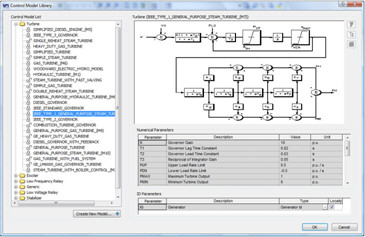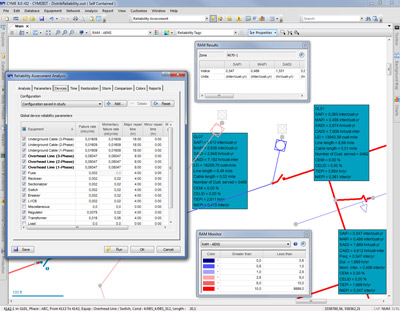Cyme Power Engineering Software
CYME Power Engineering Software and Solutions CYME Power Engineering Software Robust, comprehensive suite of advanced simulation tools for transmission, distribution and industrial power engineers The world-class CYME power system analysis software is a robust, comprehensive suite of advanced simulation tools assisting transmission, distribution and industrial power engineers.
Eaton’s CYME distribution system software applications provide advanced network modeling and simulation capabilities. From conception to optimization, these software applications support engineers in modeling distribution systems and addressing the simulation needs for planning, operation support, protection, DER interconnection and other tasks. Broadcom 5751 gigabit ethernet driver xp.

Analysis functions are performed on balanced or unbalanced distribution network models built with any combination of phases and operated in radial, looped or meshed configurations. Design and modeling NETWORK EDITOR The Network editor features a user-customizable graphical user interface underlying the CYMDIST applications and the complementary CYME analyses modules. This includes extensive modeling capability of Distributed Energy Resources (DER) equipment and energy storage; along with the definition of all customer types necessary. Cac card reader software download. The software also includes control models that are relevant to the various generation sources.
All libraries can be enriched by users. The Network editor is included in the Distribution System Analysis package (CYMDIST).
Learn more about the ENHANCED SUBSTATION MODELING This module enables the accurate representation of all major components of a distribution substation as well as any sub-network, such as a vault, a switching cubicle or an industrial facility. The simulations then take into account the effects of these installations on the overall distribution system.
Learn more about the LOW VOLTAGE SECONDARY DISTRIBUTION MODELING The Low-voltage secondary distribution model performs the detailed modeling and simulation of any circuit beyond the distribution transformer. This includes single-phase center-tapped transformers, plex cables, single-phase three-wire LV circuits. Learn more about SECONDARY GRID NETWORK ANALYSIS Secondary grid analysis allows users to model any spot network, secondary grid and detailed network protector relay with complete settings.

The module is equipped with robust power flow and short-circuit algorithms to analyze heavily meshed networks. Learn more about ONLINE MAPS SERVICE Display Google Maps and MapQuest Open maps as layers underneath the geographical view of your electrical network model. With this service, users can locate a substation, a particular feeder, a street corner, or pinpoint the address where a fault occurred.
Learn more about the GEOGRAPHIC OVERLAY Geographic overlay displays raster or vector map images (geographical landbase such as DWG, DXF, SHP, etc) as layers directly underneath your electrical model. The module allows the import and display of several maps of different formats, so your users can visualize the distribution system over a comprehensive landbase.
Learn more about. Distribution system analysis DISTRIBUTION SYSTEM ANALYSIS (CYMDIST) The evolution of the distribution systems now requires engineers to perform from planning analyses to expert simulations supporting operations, including protection studies and DER interconnection assessments. Learn more about LOAD FLOW Analyze the steady-state performance of the power system under various operating conditions. LOAD ALLOCATION AND ESTIMATION Develop an accurate load model by allocating feeder demands across the network. FAULT ANALYSIS Ensure system safety by assessing the effects of short-circuits (conventional, ANSI, IEC 60909 and IEC 61363), series and simultaneous. Locate faults, verify equipment ratings and study voltage sags. Learn more about the LOAD BALANCING Determine which loads can be reconnected to different phases so as to minimize kW losses or balance the current, the load, or the voltage.